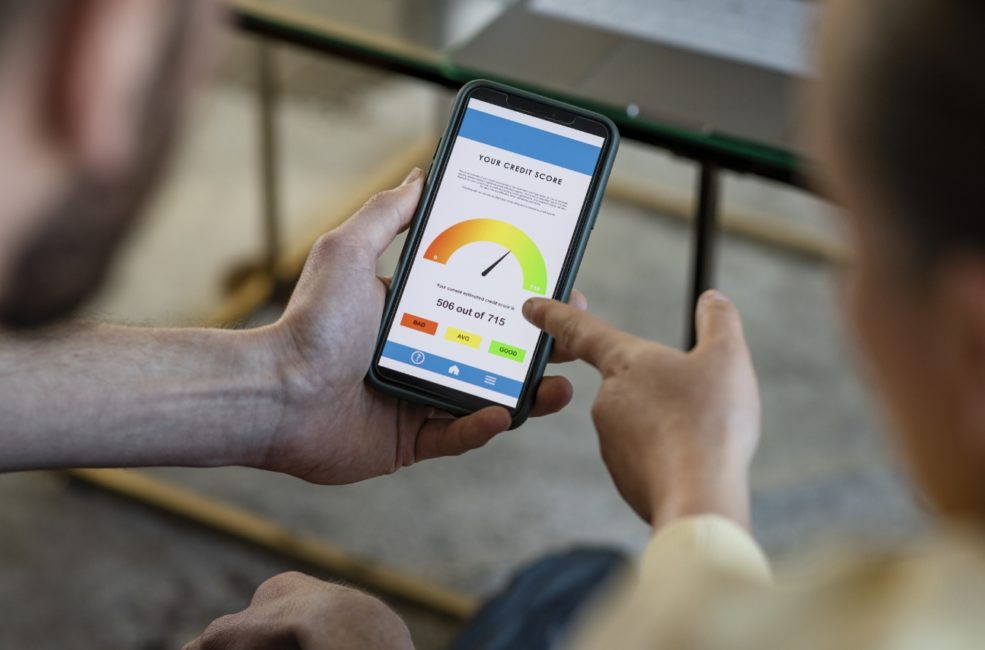It is crucial to the tapestry of the various economic terrains that regional finance plays a part. Regional finance refers to the financial systems and strategies customized to particular geographical areas’ distinct requirements and difficulties, promoting expansion, equilibrium, and vigor. Regional finance is crucial for federal, state, and city policymakers, investors, and stakeholders, ranging from big cities to small towns. This article examines the nuances of regional finance and explains how understanding its importance is essential to achieving conducive development and promoting broad-based wealth share.
What Is Regional finance?
Regional finance is the field of finance in which financial resources are managed in a region, such as a country, a state, or province, or subdivided regionally. It encompasses many financial activities such as budgeting, investment planning, taxation, and economic development planning.
In particular, regional finance is a financial activity designed to meet a certain region’s region-specific needs and conditions. Regional finance involves many institutions and organizations, such as government agencies, local businesses, banks, and other financial institutions, that work to shape the region’s economic future.
Regional finance managers work to analyze economic patterns and available investment funds and develop financial policies to ensure the financial and economic stability and growth of their areas.
This is paramount to local businesses and economic activities, infrastructure development and job creation, and the overall socioeconomic development of the regions, which contribute to the well-being of the communities and residents.
The Role of Local Banking Institutions
Local banking institutions are the cornerstone of Regional Finance. They offer financial services to individuals, businesses, and communities in a particular region. Unlike their multinational peers, regional banks have a deep grasp of the regional market and can help by offering financial solutions. Their services include loans to local businesses, mortgages to locals, and most banking services. As a result, regional financial service providers generate economic activity in the region and facilitate growth.
Investment in Local Infrastructure
Further, investment in local infrastructure also belongs to regional finance. Local and regional governments allocate sums to improve transportation, communication, and utilities infrastructure.
Both projects benefit locals, as they enhance their well-being and are instrumental in attracting new businesses and investors into the area, thus creating a symbiotic cycle of cash circulation. Starting with building new roads and bridges, developing subway networks, and expanding broadband nets – carefully planned creation of infrastructure has a significant role in the face of a region’s economy.
Regional economic development initiatives
Regional economic development initiatives define forms of partnership between public and private resources aimed at boosting financial growth in selected geographical regions. Such endeavors are typically pursued in the context of regional economic development organizations mediating businesses, educational institutions, and local authority bodies. The main goal is to identify economic expansion opportunities and develop customized approaches to capitalize on them.
Specifically, one may focus on various incentives, including tax deductions, financial grants, and niche workforce development programs, to attract new businesses, lure current ones, and encourage innovation. Ultimately, such activities intend to create an optimal economic ecosystem that promotes the region’s overall wealth and sustainability.
Local capital markets
Local capital markets enable local businesses and entrepreneurs to secure critical growth and innovation investments. Methods including venture capital, angel investing, and online platforms allow new businesses and small companies to acquire investment from local sources who recognize the challenges and potential of the region. By creating an environment where entrepreneurs are encouraged and supported, capital markets effectively lead to new jobs and economic stability by expanding the economy.
Microfinance and Community Development
Microfinance and community development initiatives can empower local communities by providing essential financial services. In microfinance, individuals and small organizations that do not have traditional bank accounts can access loans and other financial options. Additionally, through financial education, communities enhance their capabilities, enabling them to become self-reliant and establish businesses that contribute to their economic viability.
Challenges And Opportunities
Despite its potential benefits, regional finance is also associated with several challenges. Limited access to capital, regulatory barriers, and economic differences between regions may restrict regional finance’s ability to meet its objectives. Nevertheless, the power of technology and cooperation, as well as the principles of sound finance, offer a way to address these challenges. The development of fintech companies, for example, can increase access to financial services in isolated regions and facilitate the work of regional finance units.
Conclusion
Regional finance is the bloodline of local economies, promoting the growth and well-being of their inhabitants. The regional finance system, whether local banks or large-scale infrastructure programs and grassroots projects, is versatile and complex. By unraveling the complexities of the systems and encouraging collaboration among those involved, communities can generate the maximum economic output for the benefit of other generations to come.
When discussing all the intricacies and peculiarities of the global finance system, people must remember to mention the regional finance that underlies it all.

